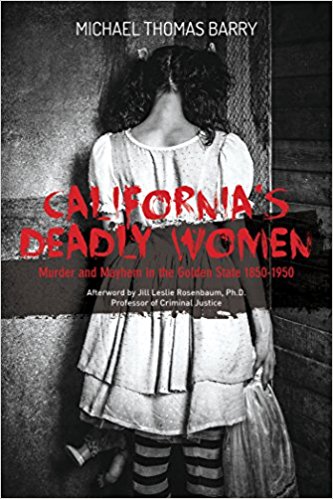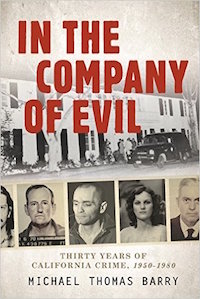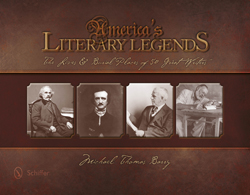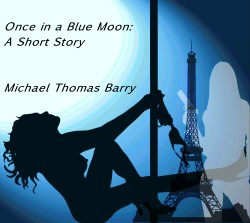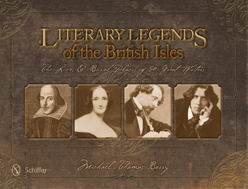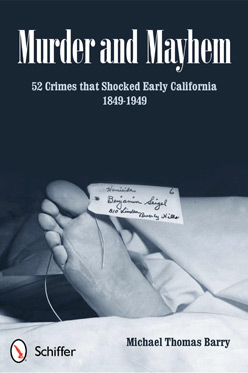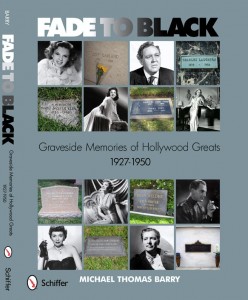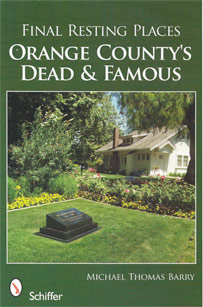12.26

This week (December 26-January 1) in English literary history – William Shakespeare’s King Lear was performed at the court of King James I (December 26, 1606); Charles Lamb died (December 27, 1834); J.M. Barrie’s play Peter Pan opened in London (December 27, 1904); John Steinbeck married Elaine Anderson (December 28, 1950); Theodore Dreiser died (December 28, 1945); James Joyce’s Portrait of the Artist as a Young Man was published (December 29, 1916); Rudyard Kipling was born (December 30, 1865); Percy Shelley married Mary Wollstonecraft Godwin (December 30, 1816); Mary Shelley’s Frankenstein was published (January 1, 1818); James Fenimore Cooper married Susan Augusta de Lancey (January 1, 1811).
Highlighted Story of the Week –
On December 29, 1916, James Joyce’s Portrait of the Artist as a Young Man was published. The book had been previously serialized in Ezra Pound’s review The Egoist. Joyce was born on February 2, 1882 in Dublin, Ireland, the eldest of 10 children of a cheerful ne’er-do-well who eventually went bankrupt. He attended Catholic school and University College in Dublin, where he learned Dano-Norwegian so he could read the plays of Henrik Ibsen in the original. In college, he began a lifetime of literary rebellion, self-publishing an essay rejected by the school’s literary magazine adviser.
After graduation, Joyce moved to Paris where he resolved to study medicine to support himself while writing but soon gave it up. He returned to Dublin to visit his mother’s deathbed and remained to teach school and work odd jobs. On June 16, 1904, he met Nora Barnacle, whom he convinced to return to Europe with him. The couple settled in Trieste, where they had two children, and then in Zurich. Joyce struggled with serious eye problems, undergoing 25 operations for various troubles between 1917 and 1930. In 1914, he published The Dubliners, and his 1916 novel, Portrait of the Artist as a Young Man, brought him fame and the patronage of several wealthy people, including Edith Rockefeller.
In 1918, his revolutionary stream of consciousness novel Ulysses began to be serialized in the American journal Little Review. However, the U.S. Post Office stopped the publication’s distribution in December of that year on the grounds that the novel was obscene. Sylvia Beach, owner of the bookstore Shakespeare and Company in Paris, where Joyce moved in 1920, published the novel herself in 1922, but it was banned in the United Kingdom and the United States until 1933. Joyce’s final novel, Finnegans Wake, was published in 1939. James Joyce died on January 13, 1941 in Zurich, Switzerland and was buried at the Flutern Cemetery.
Check back every Friday for a new installment of “This Week in English Literary History.”
Michael Thomas Barry is the author of six nonfiction books that include Literary Legends of the British Isles and America’s Literary Legends.

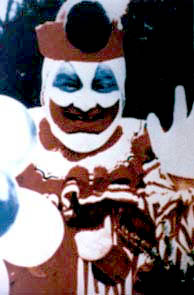
![a-christmas-carol[1]](https://michaelthomasbarry.com/wp-content/uploads//2014/12/a-christmas-carol1.jpg)
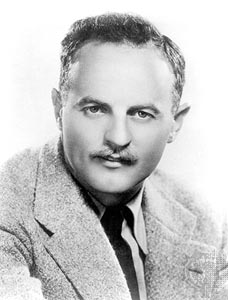
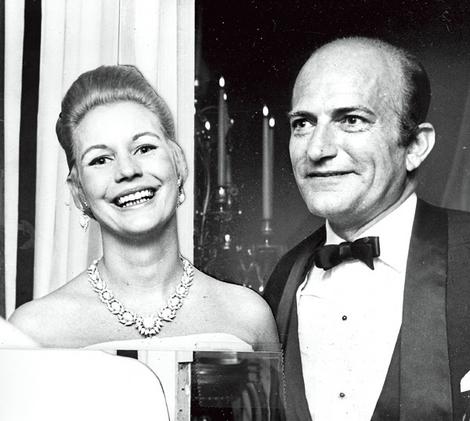
![guess_dinner[1]](https://michaelthomasbarry.com/wp-content/uploads//2014/12/guess_dinner1.jpg)
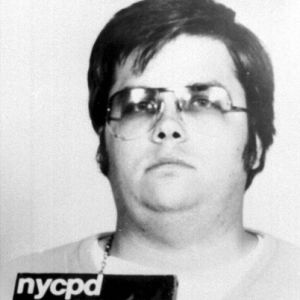

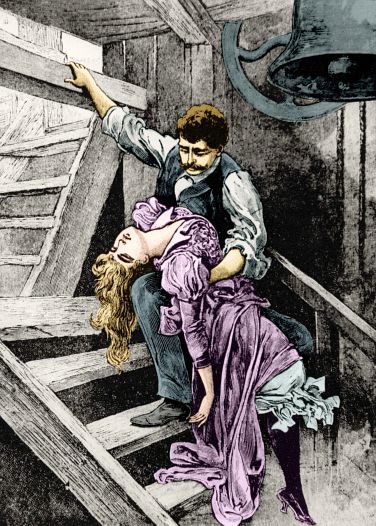
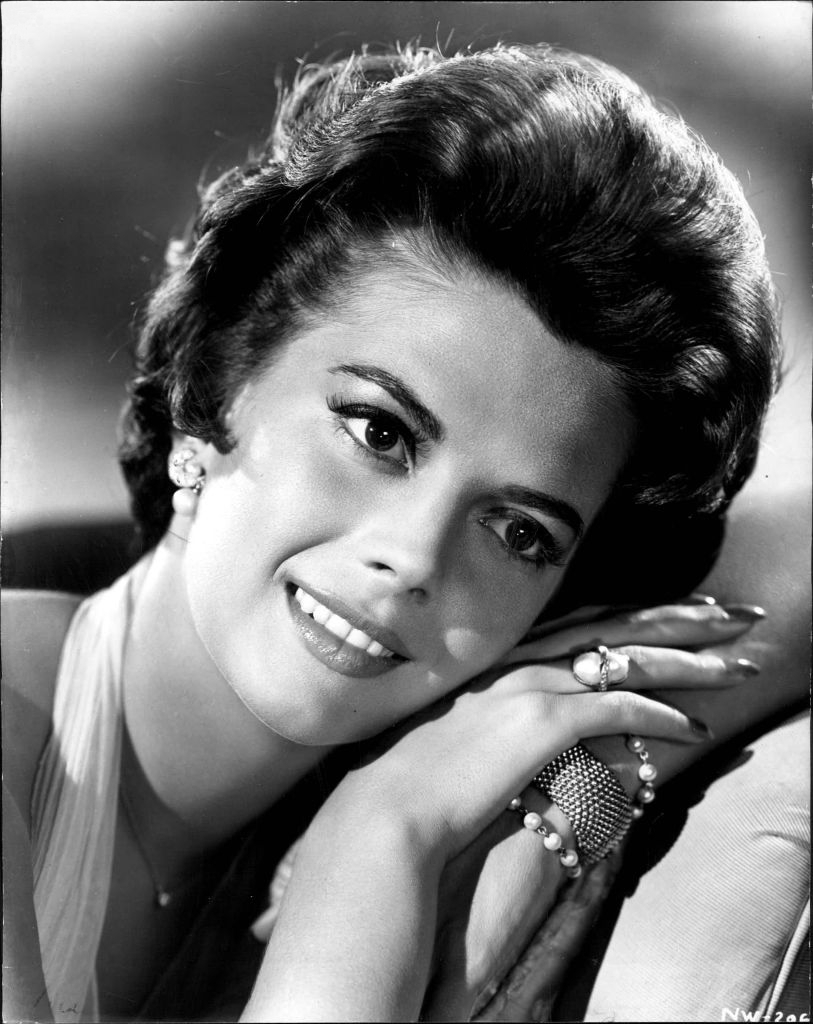 This week (November 26-December 2) in Hollywood history – Charlie Chaplin married Lita Grey in Mexico (November 26, 1924); Casablanca premiered in New York (November 26, 1942); Bruce Lee was born (November 27, 1940); Director Kathryn Bigelow was born (November 27, 1951); Actress Gloria Grahame was born (November 28, 1923); Natalie Wood drowned (November 29, 1981); Efren Zimbalist Jr. was born (November 30, 1918); Lucille Ball and Desi Arnaz were married (November 30, 1940); Bette Davis and William Sherry were married (November 30, 1945); Zeppo Marx died (November 30, 1979); Richard Pryor was born (December 1, 1940); Bette Midler was born (December 1, 1945); Good Will Hunting premiered in Los Angeles (December 2, 1997). Highlighted story of the week – On November 29, 1981, actress Natalie Wood, who starred in such movies as Rebel Without a Cause and West Side Story, drowns in a boating accident near California’s Catalina Island. Born Natalia Nikolaevna Zakharenko on July 20, 1938, in San Francisco, California, Wood began her acting career as a child. She gained acclaim for her role as Susan Walker, the little girl who doubts the existence of Santa Claus in Miracle on 34th Street (1947). As a teenager, Wood went on to play James Dean’s girlfriend in Rebel Without a Cause (1955), for which she received a Best Supporting Actress Oscar nomination. She also earned Best Actress Academy Award nominations for her performances in Splendor in the Grass (1961) with Warren Beatty and Love with the Proper Stranger (1963) with Steve McQueen. Wood’s film credits also include West Side Story (1961), winner of 10 Oscars, in which she played the lead role of Maria; Gypsy (1962), which was based on the hit Broadway musical of the same name and co-starred Rosalind Russell and Karl Malden; The Great Race (1965), with Jack Lemmon and Tony Curtis; Inside Daisy Clover (1966), with Christopher Plummer and Robert Redford; and Bob & Carol & Ted & Alice (1969) with Robert Culp, Elliott Gould and Dyan Cannon. Wood was twice married to the actor Robert Wagner (Hart to Hart, Austin Powers: International Man of Mystery), from 1957 to 1962 and from 1974 to the time of her death. On the night of November 29, 1981, the dark-haired beauty was with her husband on their yacht “The Splendor,” which was moored off Santa Catalina, near Los Angeles. Also on the yacht was the actor Christopher Walken, who at the time was making the movie Brainstorm with Wood. Neither Wagner nor Walken saw what happened to Wood that night, but it was believed she somehow slipped overboard while untying a dinghy attached to the boat. Her body was found in the early hours of the following morning. Wood was buried at Westwood Village Memorial Park in Los Angeles, California. Check back every Wednesday for a new installment of “This Week in Hollywood History.”
This week (November 26-December 2) in Hollywood history – Charlie Chaplin married Lita Grey in Mexico (November 26, 1924); Casablanca premiered in New York (November 26, 1942); Bruce Lee was born (November 27, 1940); Director Kathryn Bigelow was born (November 27, 1951); Actress Gloria Grahame was born (November 28, 1923); Natalie Wood drowned (November 29, 1981); Efren Zimbalist Jr. was born (November 30, 1918); Lucille Ball and Desi Arnaz were married (November 30, 1940); Bette Davis and William Sherry were married (November 30, 1945); Zeppo Marx died (November 30, 1979); Richard Pryor was born (December 1, 1940); Bette Midler was born (December 1, 1945); Good Will Hunting premiered in Los Angeles (December 2, 1997). Highlighted story of the week – On November 29, 1981, actress Natalie Wood, who starred in such movies as Rebel Without a Cause and West Side Story, drowns in a boating accident near California’s Catalina Island. Born Natalia Nikolaevna Zakharenko on July 20, 1938, in San Francisco, California, Wood began her acting career as a child. She gained acclaim for her role as Susan Walker, the little girl who doubts the existence of Santa Claus in Miracle on 34th Street (1947). As a teenager, Wood went on to play James Dean’s girlfriend in Rebel Without a Cause (1955), for which she received a Best Supporting Actress Oscar nomination. She also earned Best Actress Academy Award nominations for her performances in Splendor in the Grass (1961) with Warren Beatty and Love with the Proper Stranger (1963) with Steve McQueen. Wood’s film credits also include West Side Story (1961), winner of 10 Oscars, in which she played the lead role of Maria; Gypsy (1962), which was based on the hit Broadway musical of the same name and co-starred Rosalind Russell and Karl Malden; The Great Race (1965), with Jack Lemmon and Tony Curtis; Inside Daisy Clover (1966), with Christopher Plummer and Robert Redford; and Bob & Carol & Ted & Alice (1969) with Robert Culp, Elliott Gould and Dyan Cannon. Wood was twice married to the actor Robert Wagner (Hart to Hart, Austin Powers: International Man of Mystery), from 1957 to 1962 and from 1974 to the time of her death. On the night of November 29, 1981, the dark-haired beauty was with her husband on their yacht “The Splendor,” which was moored off Santa Catalina, near Los Angeles. Also on the yacht was the actor Christopher Walken, who at the time was making the movie Brainstorm with Wood. Neither Wagner nor Walken saw what happened to Wood that night, but it was believed she somehow slipped overboard while untying a dinghy attached to the boat. Her body was found in the early hours of the following morning. Wood was buried at Westwood Village Memorial Park in Los Angeles, California. Check back every Wednesday for a new installment of “This Week in Hollywood History.”